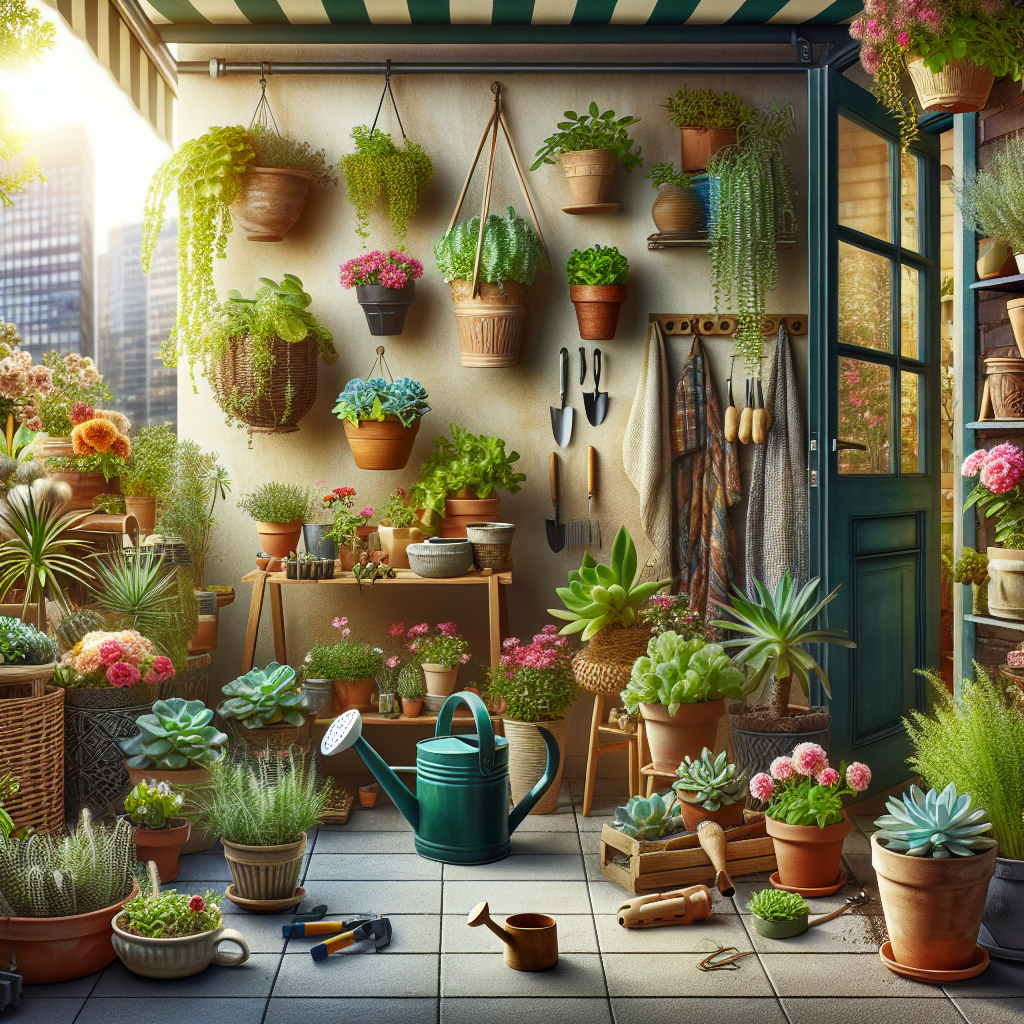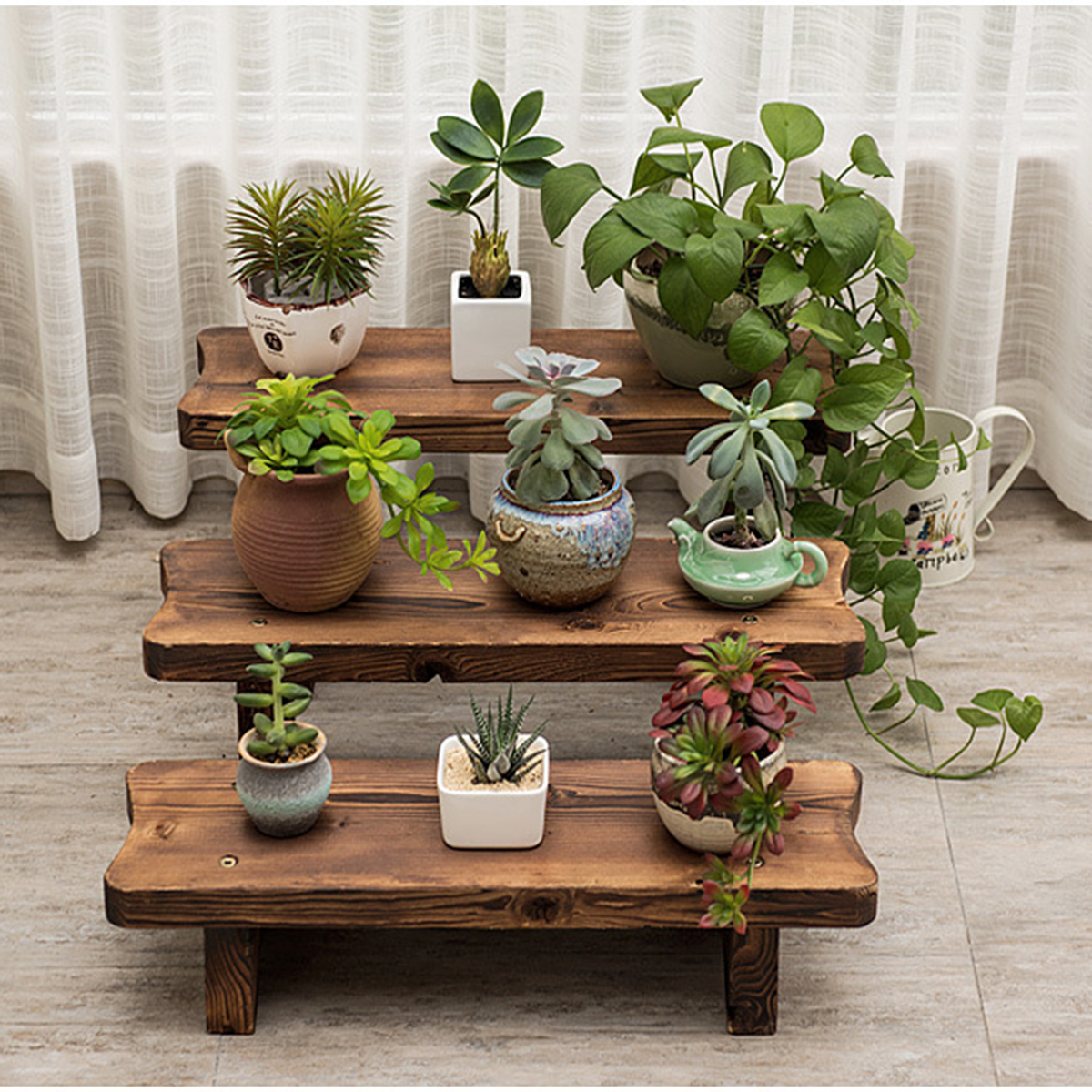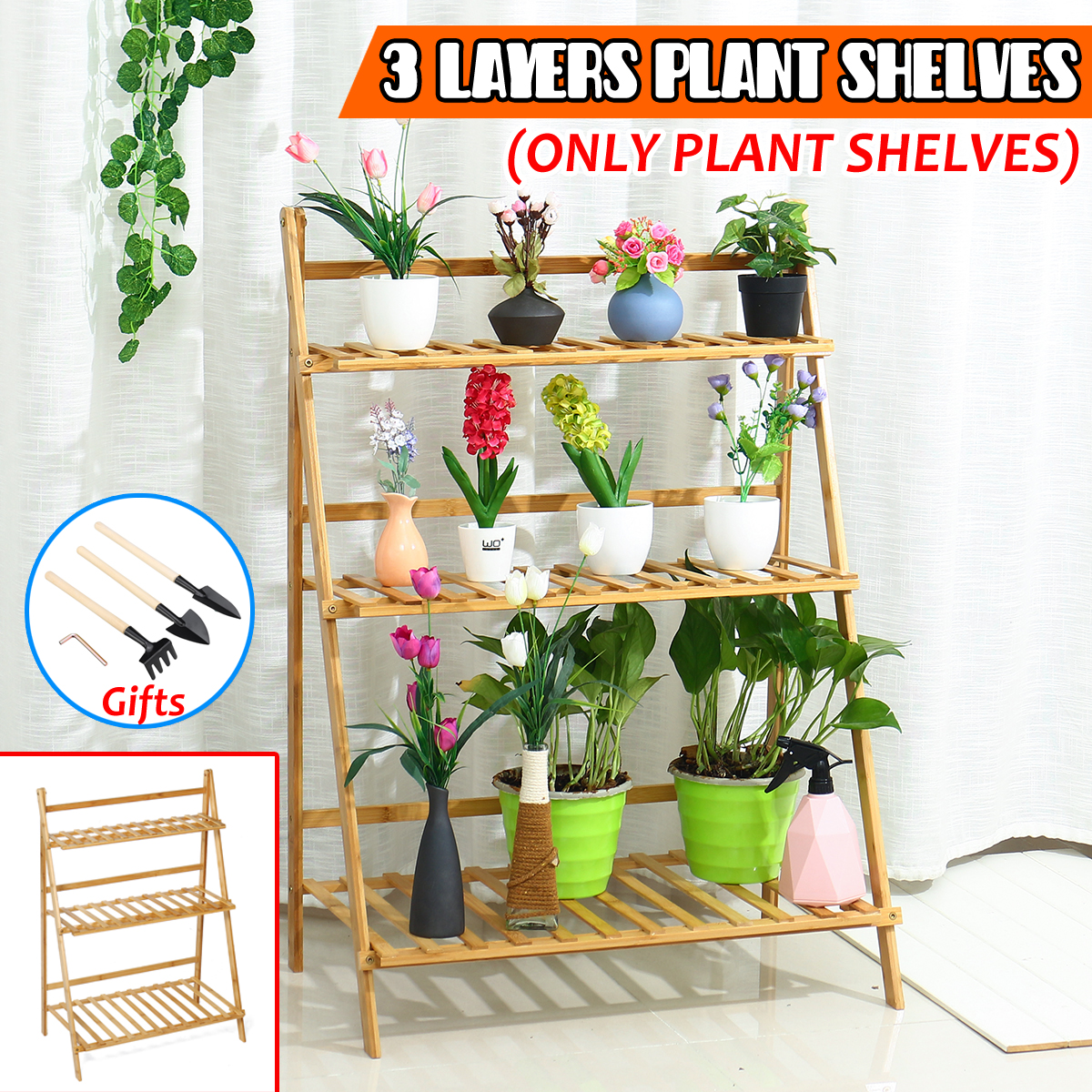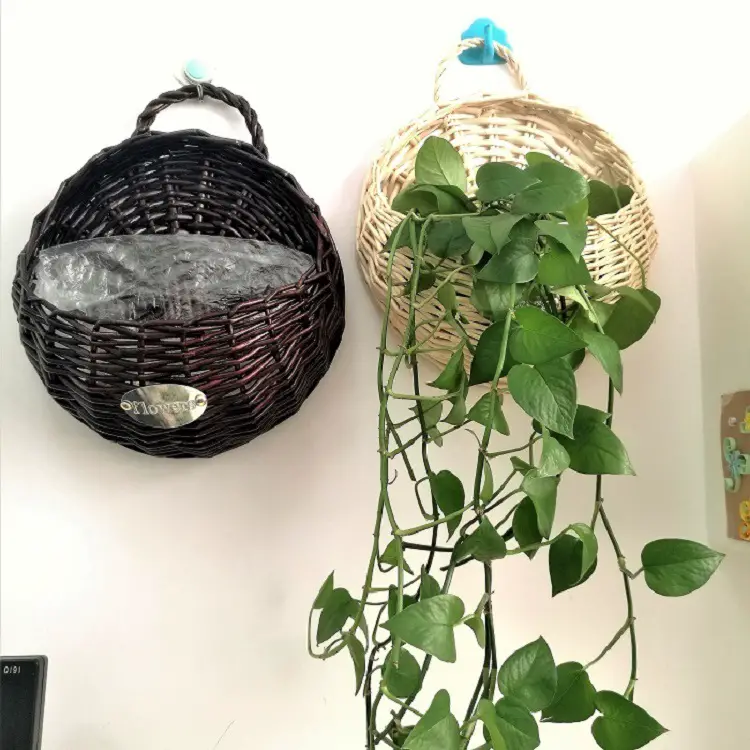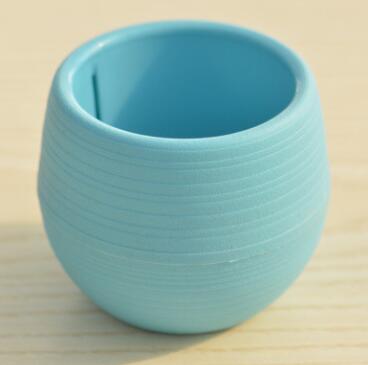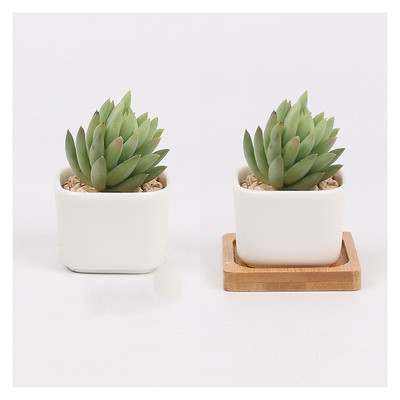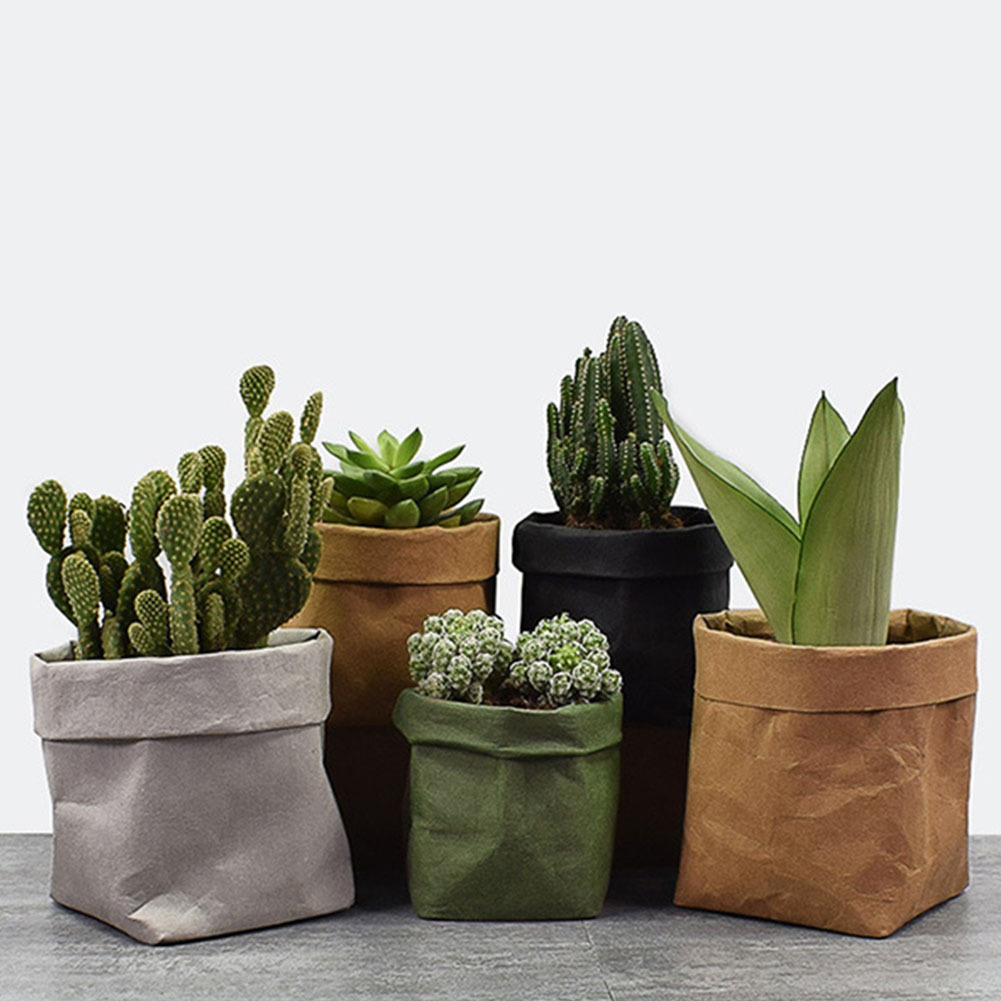Discover the Joys of Container Gardening in Small Spaces
Gardening is a timeless hobby that nurtures both the soul and the environment. For city dwellers or those with limited outdoor space, container gardening presents a unique opportunity to connect with nature, cultivate beauty, and even produce fresh fruits and vegetables. Embracing the challenges and rewards of growing plants in small spaces can be both therapeutic and fulfilling. Whether you’re tending to a lush balcony garden or a windowsill herb sanctuary, this guide will help you discover the joys of container gardening in small spaces.
The Appeal of Container Gardening
Container gardening offers undeniable advantages, especially for those with limited room to grow. First and foremost, containers are portable, allowing gardeners to move plants according to their sun and shade needs. This adaptability means you can experiment with different arrangements and plant types, adapting your garden to the changing seasons or simply refreshing its aesthetic.
Additionally, container gardening often requires minimal space while still delivering maximum impact. A single pot can host an entire miniature ecosystem, with multiple plants creating a harmonious and visually appealing composition. For apartment dwellers, a well-placed container garden can transform a balcony or windowsill into a green oasis.
Selecting the Right Containers
Choosing the right containers is foundational to successful container gardening. The size, material, and drainage capability are vital factors to consider. Terracotta pots, for example, provide excellent breathability for roots, though they can dry out quickly. On the other hand, plastic containers retain moisture better but may not offer the same aesthetic appeal.
For those growing plants that will remain outdoors year-round, frost-resistant resin pots may be a wise choice. The color and style should complement the plant and the surroundings, transforming the container into a part of the overall design. Drainage holes are essential in any container to prevent root rot, which can occur when water accumulates.
Selecting the Right Plants
The choice of plants is also crucial, as not all species thrive in containers or limited spaces. Compact, slow-growing plants are ideal for smaller containers. Consider choosing dwarf varieties of popular outdoor plants. Herbs such as thyme, basil, and oregano are particularly well-suited for small pots and offer the added benefit of seasoning your culinary creations. Vegetables like cherry tomatoes or radishes perform well in larger containers.
For those seeking to add a touch of evergreen elegance, the Juniper Potted Plant can be a fantastic inspiration. Junipers are durably versatile, offering year-round greenery and an intriguing texture. Their resilience to varying conditions makes them an excellent choice for container gardening. They can be pruned to maintain their shape and fit the size constraints of your garden space.
Maintaining Moisture Levels with Slow Drip Watering
One of the most significant challenges in container gardening is managing moisture levels. Too little water can lead to wilted, unhealthy plants, while too much can cause rot and disease. An innovative solution to maintaining the right moisture levels is using a slow drip watering system.
By delivering a consistent, controlled supply of water directly to the roots, slow drip systems prevent both overwatering and underwatering. They can be set up using specialized commercial kits or through a DIY approach, using a perforated plastic bottle for gentle irrigation. This method ensures an even distribution of water, which is crucial for containers keeping plants hydrated without waste or spillover.
Soil Mixes for Container Gardens
The right soil mix can make all the difference in container gardening. Unlike traditional garden soil, container soil needs to provide adequate drainage while still retaining moisture and nutrients. A typical mix might include potting soil, perlite, and peat moss, each offering benefits essential to the plant’s health.
For edible plants, consider organic potting mixes free from harsh chemicals or additives. Regularly adding compost or organic fertilizers can replenish nutrients as they are used up. Maintaining the balance of nutrients ensures your plants remain robust and productive throughout their growing cycle.
Vertical Gardening: Maximizing Space
When horizontal space is limited, consider taking your garden to new heights with vertical gardening. This method involves stacking or hanging containers on walls, railings, or specially designed stands to maximize the growing area. It can be a space-saving technique that allows you to cultivate a more extensive array of plants.
Succulents, ferns, and some trailing plants like ivy or spider plant are perfect candidates for vertical gardens. These plants add texture and dimension, creating a visually striking display. With a bit of creativity, even the smallest balcony can become a green retreat brimming with life.
Creating a Welcoming Ecosystem for Pollinators
Container gardens can also serve as vital havens for pollinators, even in urban environments. By selecting a variety of flowering plants, you can attract bees, butterflies, and other beneficial insects. Lavender, marigolds, and zinnias are excellent choices for encouraging these essential creatures.
Pollinators are attracted to the colors and scents of flowers, which can transform a simple container into a thriving oasis for biodiversity. Supporting pollinators in your container garden not only enhances plant productivity but also contributes to the health of the local environment.
Seasonal Considerations and Plant Care
Keeping your container garden vibrant throughout the year requires seasonal planning and adaptability. As temperatures drop, some plants may need additional protection or indoor relocation. Others may thrive in the chill, offering a new bloom cycle or winter interest.
Rotate or replace plants according to the season, opting for pansies or ornamental cabbages in cooler months and vibrant petunias or summer vegetables during warmer periods. Regular care routines, including pruning, deadheading, and fertilizing, will keep your container garden flourishing.
Personalizing Your Garden Space
Container gardening offers an unique opportunity to reflect personal style and creativity. Pots and plants can be arranged to reflect a personal narrative, with bold colors, geometric patterns, and eclectic mixes transforming simple containers into artistic statements.
Themes can extend beyond plant selection to include pots, stands, and accessories. This personalization combines function with aesthetics, resulting in a space that aligns with your vision of beauty and tranquility.
In Conclusion
Embracing the delights of container gardening in small spaces opens the door to an abundant world of creativity and green living. Whether cultivating beloved herbs, tending to a decorative juniper, or thriving succulents, this approach invites balance and biodiversity into any area. From the bustling cities to quiet suburban corners, these gardens elevate the quality of life, offering a sanctuary of beauty and peace. With passion and patience, the joys of container gardening can transform even the smallest spaces into lush landscapes waiting to be discovered.


